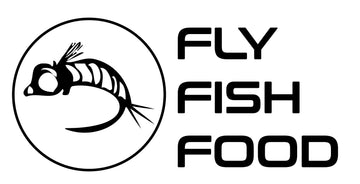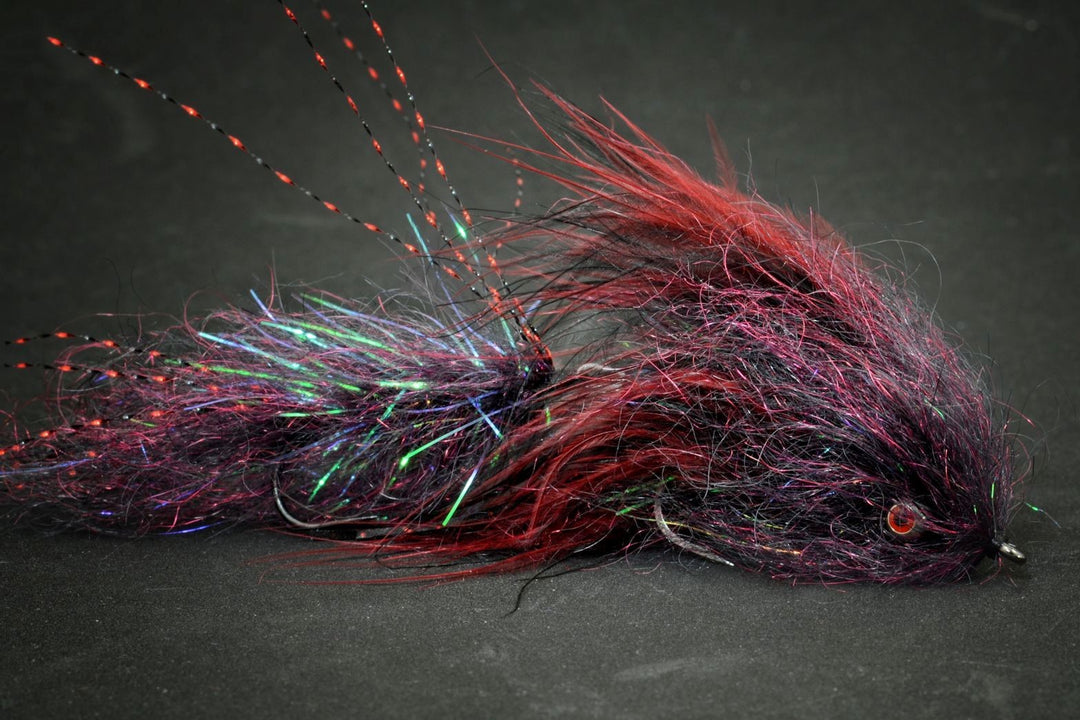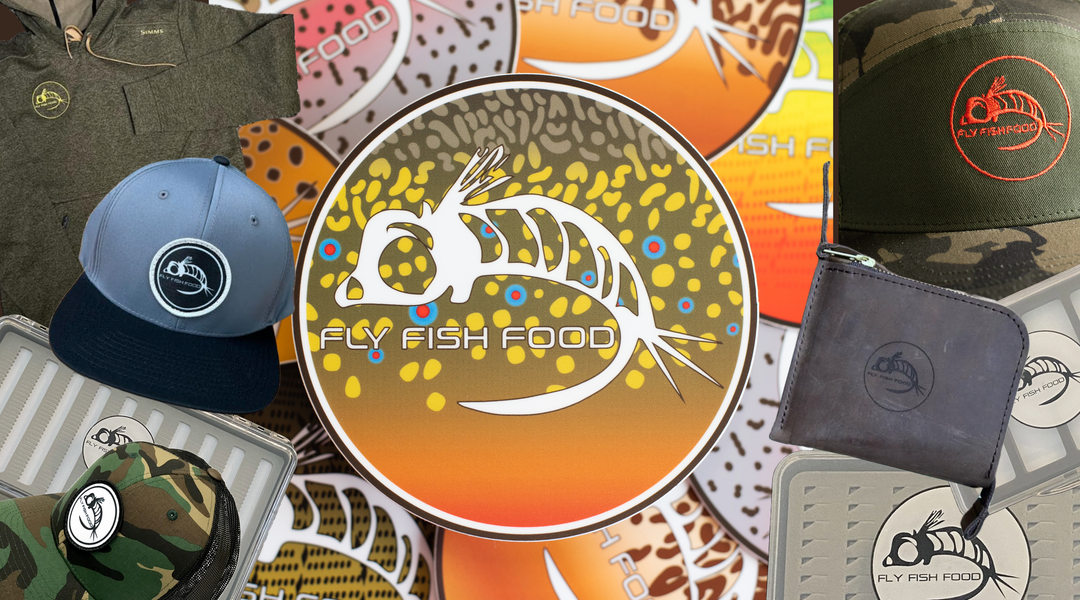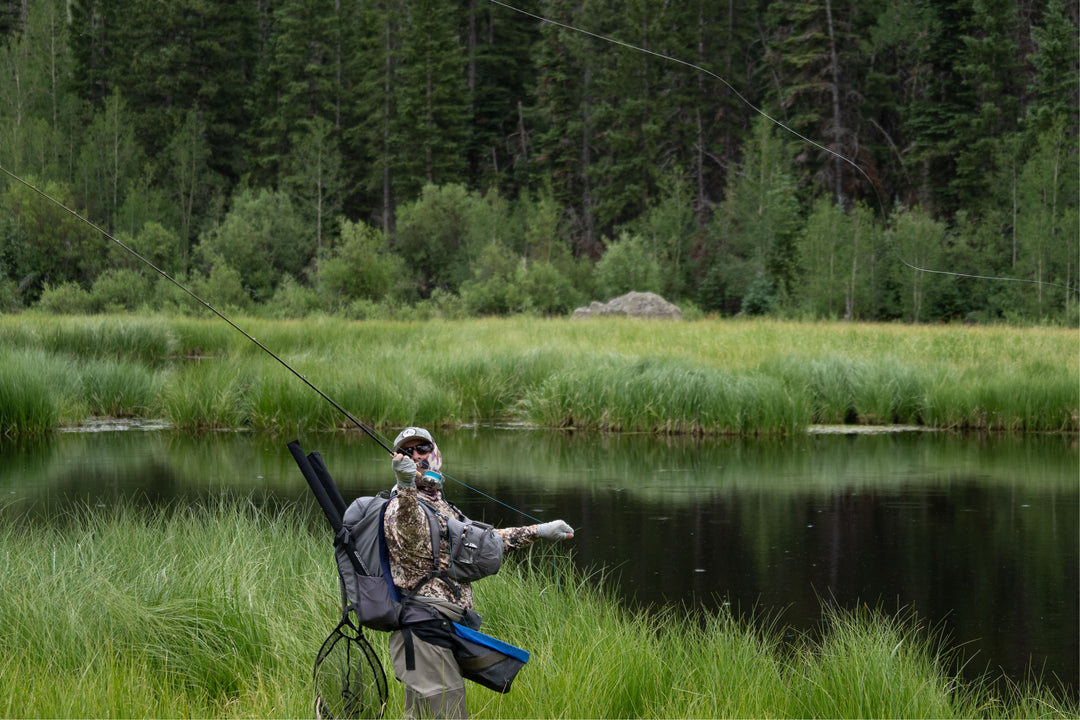Montana ·
Madison River Fly Fishing Report - August 8/23/2025
MADISON RIVER FLY FISHING REPORT
Montana's Madison — Ennis to Varney and beyond
Report Date: August 23, 2025 | Next Update: August 30, 2025
Current River Conditions
Late‑summer patterns in full swing. Water clarity remains good through most reaches, flows are amenable for both float and wade fishing, and the fish are responding well to terrestrials, caddis, Baetis, and selective nymph presentations.
Flows & Clarity
Varney Bridge (approx): ~1,150 CFS
Kirby/Upper reaches: ~1,050 CFS
Water Clarity: Mostly clear — visibility typically 3–6 ft in riffles; deeper runs slightly stained after afternoon winds.
Varney Bridge (approx): ~1,150 CFS
Kirby/Upper reaches: ~1,050 CFS
Water Clarity: Mostly clear — visibility typically 3–6 ft in riffles; deeper runs slightly stained after afternoon winds.
Water Temperature
Current: 56–62°F (13–17°C)
Daily Range: Cool mornings, warm afternoons in pockets; watch for mid‑day surface activity.
Trend: Stable to slightly rising on hot afternoons.
Current: 56–62°F (13–17°C)
Daily Range: Cool mornings, warm afternoons in pockets; watch for mid‑day surface activity.
Trend: Stable to slightly rising on hot afternoons.
Weather
Typical late‑summer: warm days with possible afternoon thunderstorms; light to moderate variable wind.
Angling Window: Best early and late in the day — afternoons produce terrestrials along banks.
Typical late‑summer: warm days with possible afternoon thunderstorms; light to moderate variable wind.
Angling Window: Best early and late in the day — afternoons produce terrestrials along banks.
Access & Pressure
Ennis to Varney corridor: busy on weekends — weekday mornings are quieter.
Boat ramps open; many wading-friendly runs. Parking enforced at popular put-ins.
Ennis to Varney corridor: busy on weekends — weekday mornings are quieter.
Boat ramps open; many wading-friendly runs. Parking enforced at popular put-ins.
Hatch Chart & Insect Activity (late August)
| Insect | Size | Activity | Prime Time |
|---|---|---|---|
| Baetis (Blue‑winged Olives) | #16–20 | Moderate – selective rises | Morning to midday |
| Caddis (Skittering adults & emergers) | #14–18 | Moderate – good evening activity | Evening and low wind windows |
| Terrestrials (Hoppers, ants, crickets) | Attractor / larger profile | High – very important August pattern | Afternoon to dusk along banks |
| Stoneflies (scattered golden stonefly adults) | #8–14 | Low to moderate (pockets near riffles) | Afternoon |
| Midges | #18–22 | Light to moderate (particularly in calm tailouts) | All day in calm water |
Recommended Flies (patterns & links)
Pick a balanced kit: a handful of well‑tied dries, a selection of sharp nymphs in tungsten, and a couple of streamers for larger fish. Below are specific patterns that match what guides and shops are using now.
| Type | Pattern (link) | Suggested Sizes | When to Use |
|---|---|---|---|
| Dry — Baetis / BWO | Parachute Adams | #14–18 | Midges/Baetis windows; reliable all‑purpose dry |
| Dry — BWO specific | Parachute — Blue Wing Olive | #16–20 | When fish are picky on small Baetis rises |
| Dry — Caddis | Corn‑fed Caddis (CDC) — Olive | #14–18 | Skittered on surface near banks and riffles, evenings |
| Dry — Terrestrial / Ant | Bionic Ant — Black | Attractor sizes | Afternoon hopper/ant sessions along cut banks |
| Nymph — Rubberlegs/Stone | Tungsten Pat's Rubber Legs | #6–12 | Heavy nymph rigs near cobble/drop‑offs |
| Nymph — Pheasant Tail | Pheasant Tail (Tungsten) | #14–18 | Universal nymph, indicator or Euro setups |
| Nymph — Perdigon / Baetis | Egan's Warrior Perdigon — Rainbow | #16–20 | Clear, fast pockets when fish take precise subsurface offerings |
| Nymph — Split Case / PMD | Tungsten Split Case Nymph — PMD | #14–18 | When PMD activity is present; indicator or Euro rigs |
| Streamer — Sculpin / Baitfish | Coffey's Articulated Sparkle Minnow — Sculpin #4 | #4–6 | Deep runs, tails of pools, and structure; target big browns and rainbows |
| Streamer — Aggressive / Sculp | Sculpzilla — Olive | #4–6 | When fish are chasing baitfish near banks and undercut banks |
| Dry — Salmonfly (pocket patterns) | Libby's Salmonfly | #6–8 | Target late stonefly pockets or surprised fish on edges (spotty late‑season) |
Tactics & On‑the‑Water Strategy
Rigging: For general nymphing, start with a tungsten nymph (Pat's, PT) at 18–36" off the indicator or as point fly on a Euro rig. Add a trailing smaller Perdigon or split‑case for picky fish near the bottom.
Dry‑dropper: Use a subdued parachute or caddis for the dry and run a Tungsten Split Case or Juju Baetis underneath when Baetis are active. Keep droppers long enough to fish different seams (2–4 ft).
Terrestrial game: Afternoon bank seams and foam lines are where terrestrials win. Fish larger, buoyant patterns and mend aggressively to keep a natural drift.
Streamers: Slow strips near structure or quick bursts through seams will both work; change retrieve cadence if fish follow but don’t commit.
Dry‑dropper: Use a subdued parachute or caddis for the dry and run a Tungsten Split Case or Juju Baetis underneath when Baetis are active. Keep droppers long enough to fish different seams (2–4 ft).
Terrestrial game: Afternoon bank seams and foam lines are where terrestrials win. Fish larger, buoyant patterns and mend aggressively to keep a natural drift.
Streamers: Slow strips near structure or quick bursts through seams will both work; change retrieve cadence if fish follow but don’t commit.
Where to Fish (section notes)
| Section | Why Fish It | Best Approach |
|---|---|---|
| Upper Madison (above Ennis) | Less pressure, good for selective dry & nymph action | Small dries, tight indicator nymphing in riffles and pocket water |
| Ennis to Varney | Classic float stretch — consistent seam fish and evening dries | Dry/dropper in afternoons, streamer work in deeper runs |
| Beartrap / Varney area | Big fish hang in deeper runs and near structure | Streamer and large nymph presentations; fish edges with terrestrials |
Quick checklist for your trip
- Rods: 9' 5‑weight for dries/nymphs, 8‑9' 6‑weight for streamers.
- Leaders & tippet: 9'–12' leaders for dries; 4X–6X tippet for PMD/BWO; carry 0X–2X for streamers.
- Flies: Carry the tungsten nymphs listed above, 3–4 dry patterns (BWO, caddis, terrestrial), and 1–2 sculpin/baitfish streamers.
- Timing: Morning nymphing and mid‑day Baetis; afternoons for terrestrials; evenings for caddis and calmer water rises.




